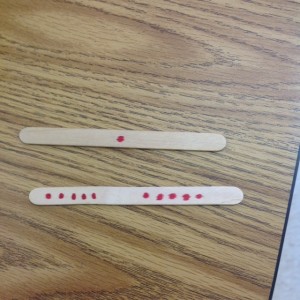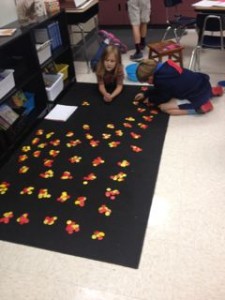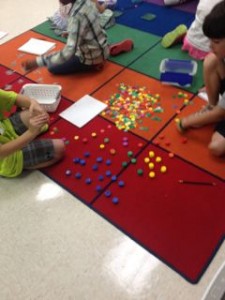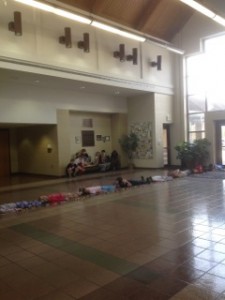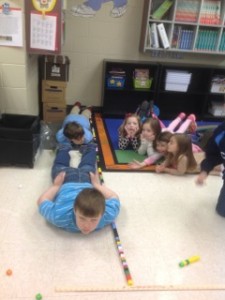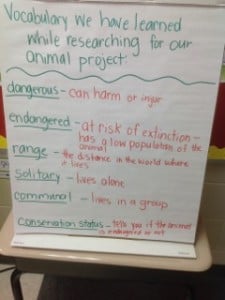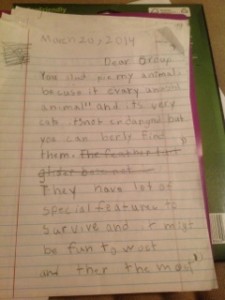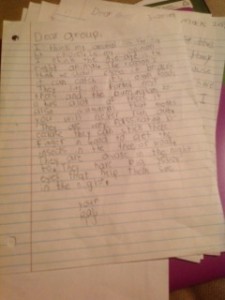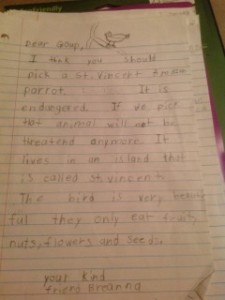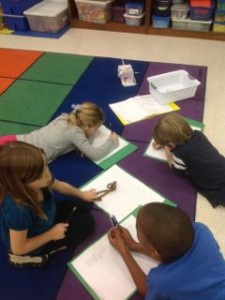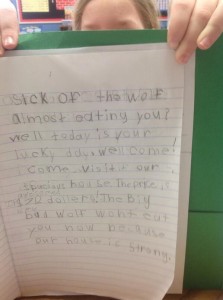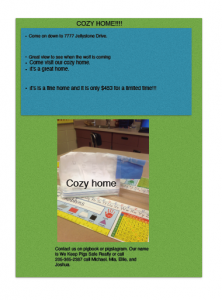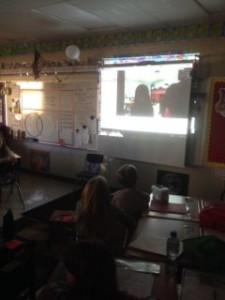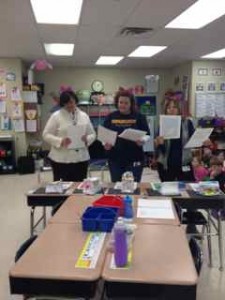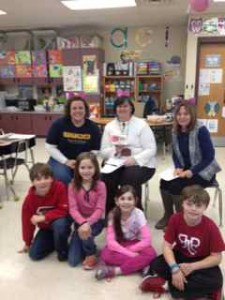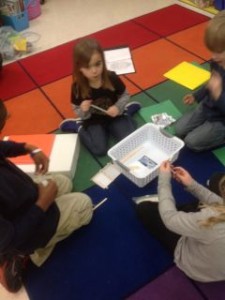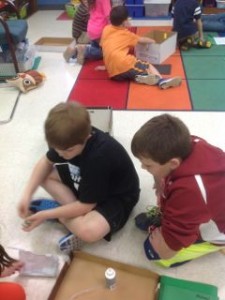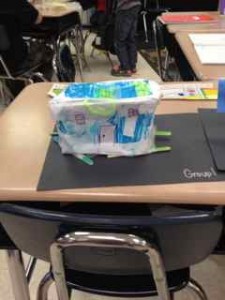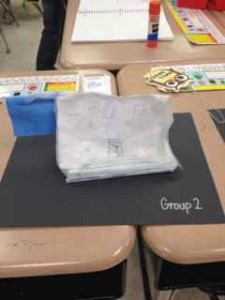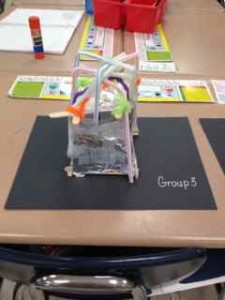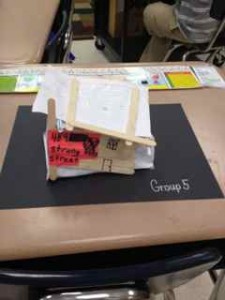As I said in the previous post, I attended a great math training in my district. Another great activity the presenters shared was made with craft sticks. It is super easy to make and it can be adapted to meet the different needs of students in your room.
Materials needed:
Up to 10 craft sticks per student and different colored permanent markers
Here is a picture of the stick when it is finished. One side has one dot in the middle. The other side has 10 dots split into 5 and 5.
This is how you can start the activity. Then you can adapt it in different ways to practice multiple math skills.
I started my 2nd graders with 5 sticks each. The students hold the 5 sticks in their fist, place their fist on the table and release the sticks. Then without flipping any of them over, they count how many dots landed face up. I walked around to see if any had trouble counting by 10s and 1’s. They write down their number and share their number with the group. The one with the highest number wins that round. You can change it to the one with the highest or lowest wins. They continue playing for four rounds. Then a new game starts.
Extensions I have tried:
- The group can write down the numbers for 1 round and organize them from least to greatest or least to greatest.
- Students can stop after 2 rounds, add their two numbers to find the total.
- The groups can add up each round to see how many dots the entire group had in one drop of the sticks. They can check their answer by using the sticks to verify their answer.
- You can add more sticks to students who need higher numbers and remove sticks for those that need smaller numbers.
- It is a great way to see if students can count by 5’s, 10’s and 1’s. If students do well counting with 10’s and 1’s then ask them if they can count them by 5’s and 1’s.
- Ask students how they know they have more than another student. This will help them practice comparison.
- You can have students record 2 rounds and then use greater than, less than and equal signs to compare the 2 totals.
There are so many more ways you can use this activity. The best thing is the kids love it.
Here is a very short video of one group combining all of their craft sticks to find the group’s total. In each group of 4, there was a captain who was in charge of staying “sticks up/sticks down/release” and also recorded the group’s total. After each game the captain changed so everyone had a chance to record but everyone in the group was responsible for verifying the answer each time.
These take very little time to make and can be used for so many math concepts. 🙂
Have fun!
**I would give you this advice. Get a plastic bag for each group. Choose 4 different colors and make sets of sticks for 4 students. Then place these in a plastic bag. This will help students sort the sticks after each release. 🙂
Disclaimer: I googled this activity when I left the workshop and while I found several teachers who were playing it, no one seemed to know who created it. 🙂 It seems to be an activity that just gets passed on by word of mouth. 🙂 So I will join in with sharing it because it is a GREAT activity.
